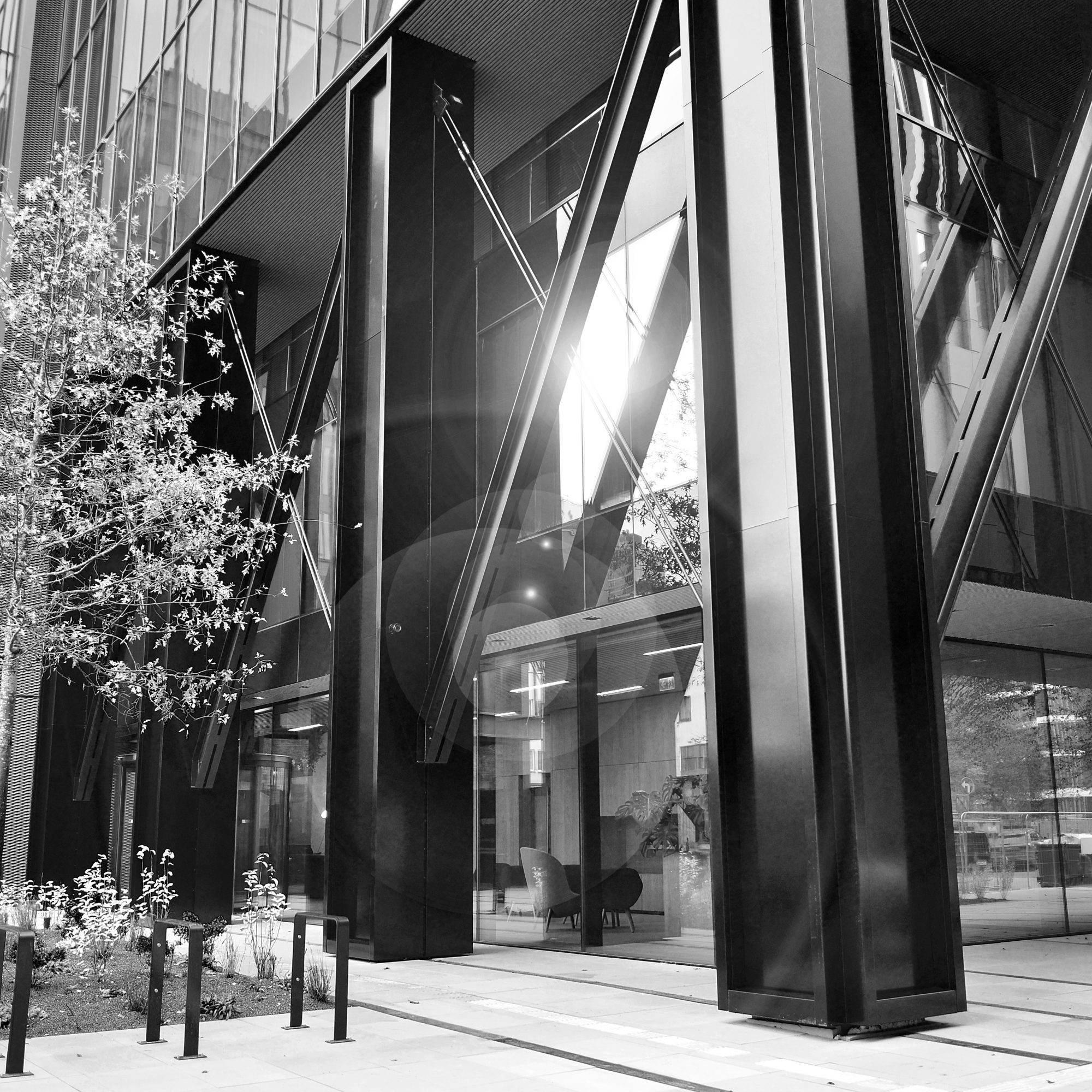The first time I ventured into wide-angle photography, it felt like Alice falling through the rabbit hole. New perspectives unfolded before my eyes; sweeping landscapes, capturing the grandeur of cityscapes, and making small rooms look like sprawling spaces. It shook my understanding of the world through a lens. How about you? Ever felt the world isn’t as big as a wide-angle lens could show?
Surprisingly, despite the expansive canvas wide-angle lenses provide a staggering 80% of photographers never go wider than their kit lens. Quite a paradox since the wide-angle perspective can be a powerful storytelling tool for photographers.
Unlocking the Power of Wide Angles
As exhilarating as plunging into the wide-angle dimension might be, it does come with its own quirks and valleys. The rules of the game? Well, they’re less clear-cut than when using a standard lens. You have to deal with exaggerated perspectives, potential distortion, and the challenging task of filling such a vast frame without having your image look like a deserted wasteland. Therefore, it’s crucial to have a deep understanding of composition techniques, like using negative space, to insightfully place your elements and create a compelling shot.
Top Three Tips for Mastering Wide-angle Shots
Let’s delve into some helpful tips to help harness the power of wide-angles and transport your viewers into your frame.
1. Get Up Close and Personal: This is probably the biggest secret about wide-angle lenses – they love it when you get close. Even uncomfortably close. It’s all about exaggerating near-far relationships to create a sense of depth. That tree in the foreground? Make it look like a green giant towering the scene. That quirky doorknob you’re photographing? Let it dominate the door.
Using Negative Space
2. Utilize Negative Space: Wide-angle shots tend to open up a lot of space in your frame, and knowing how to handle this can make all the difference. Using negative space – the empty area around your subject – can help emphasize your subject and give your viewer’s eyes a place to rest in the vast expanse.
Attention to Distortion
3. Mind the Distortion: Distortion inevitably comes with the territory of wide-angle photography. With some creative maneuvering, you can counteract distortion or even use it to your advantage to create unique and interesting compositions. Remember, anything closer to the lens gets amplified and anything farther away diminishes. So, if you want to minimize distortion, resist the temptation to tilt your lens up or down too much.
Navigating wide-angle photography is like waltzing with a temperamental partner; it takes precision, patience, and a dash of boldness to get it right. But once you do, you’ll unlock a whole new vista of tantalizing perspectives to tell your story with. So, buckle up and get ready to dive headfirst into the fascinating world of wide angles.
So, what do you say? Will you take the plunge and embrace the unusual, the disruptive, and the extraordinary that wide-angle lenses have to offer?
Remember, the world is so much bigger than what we see through our small windows, so let’s go wide!


0 Comment